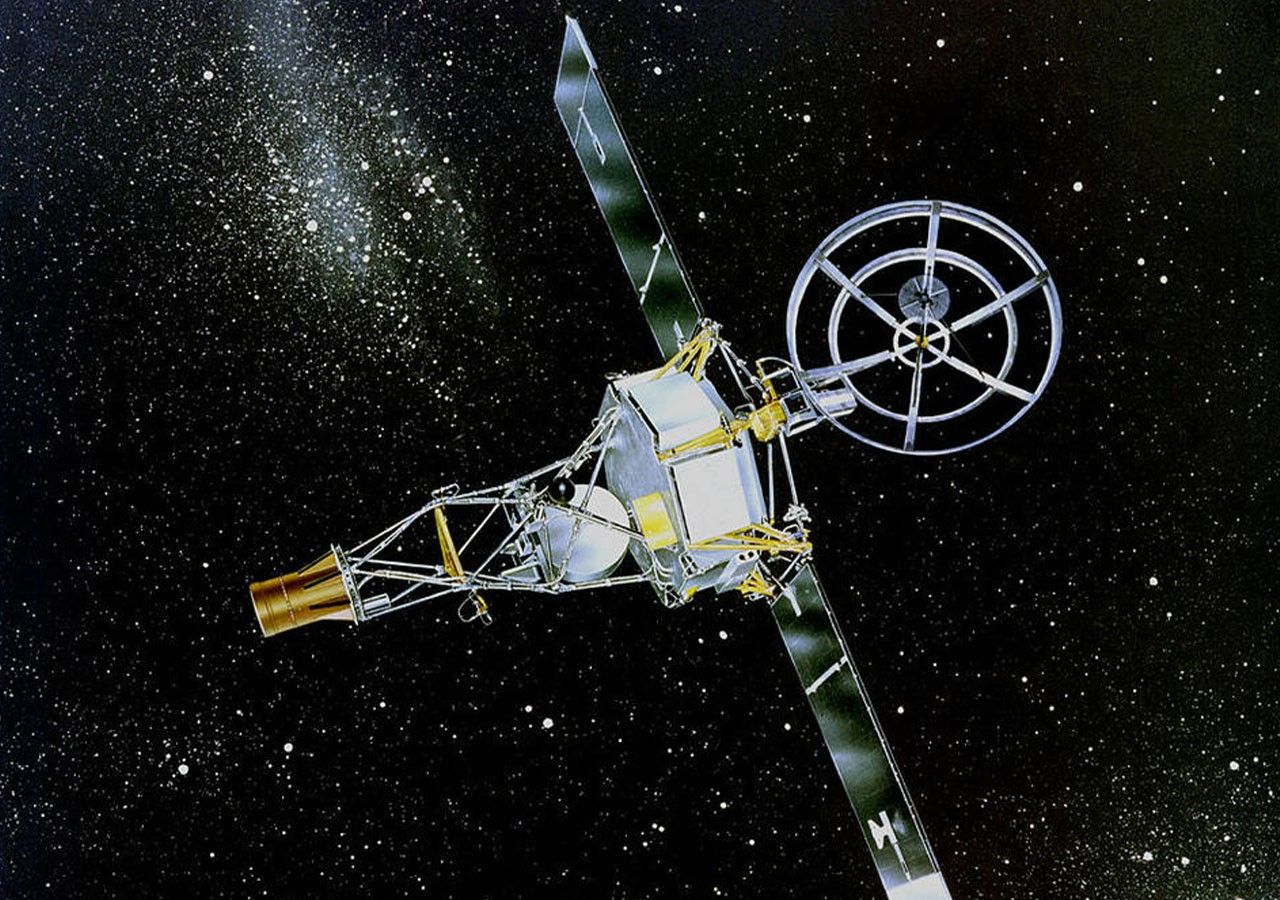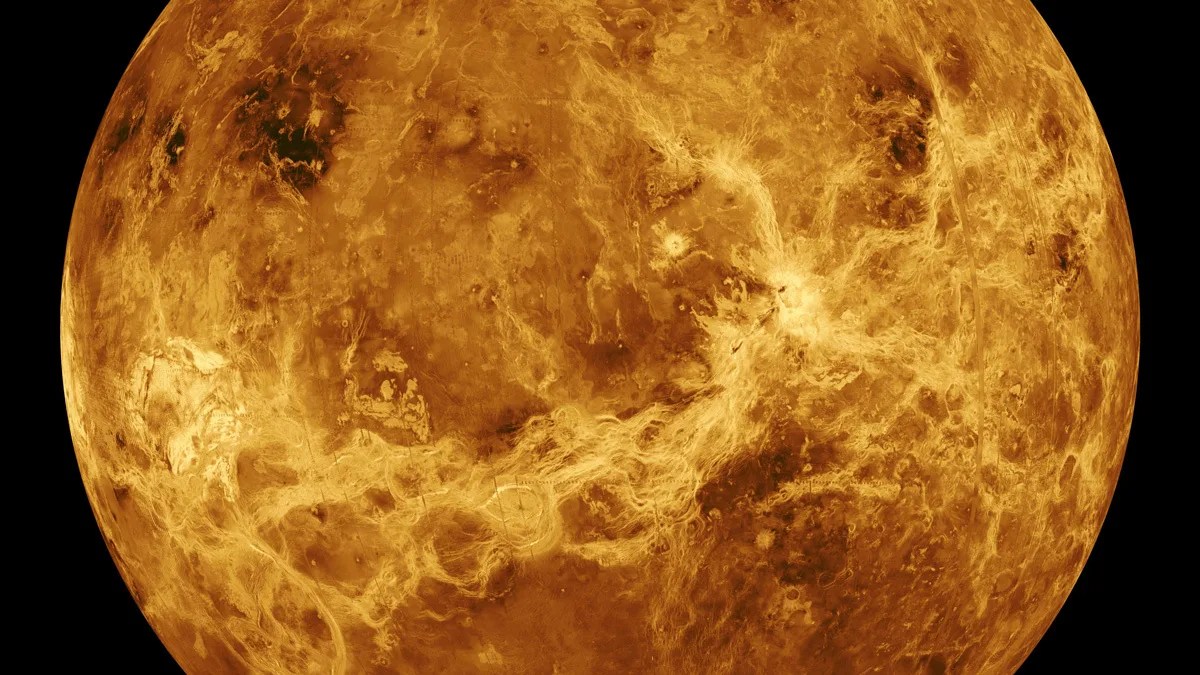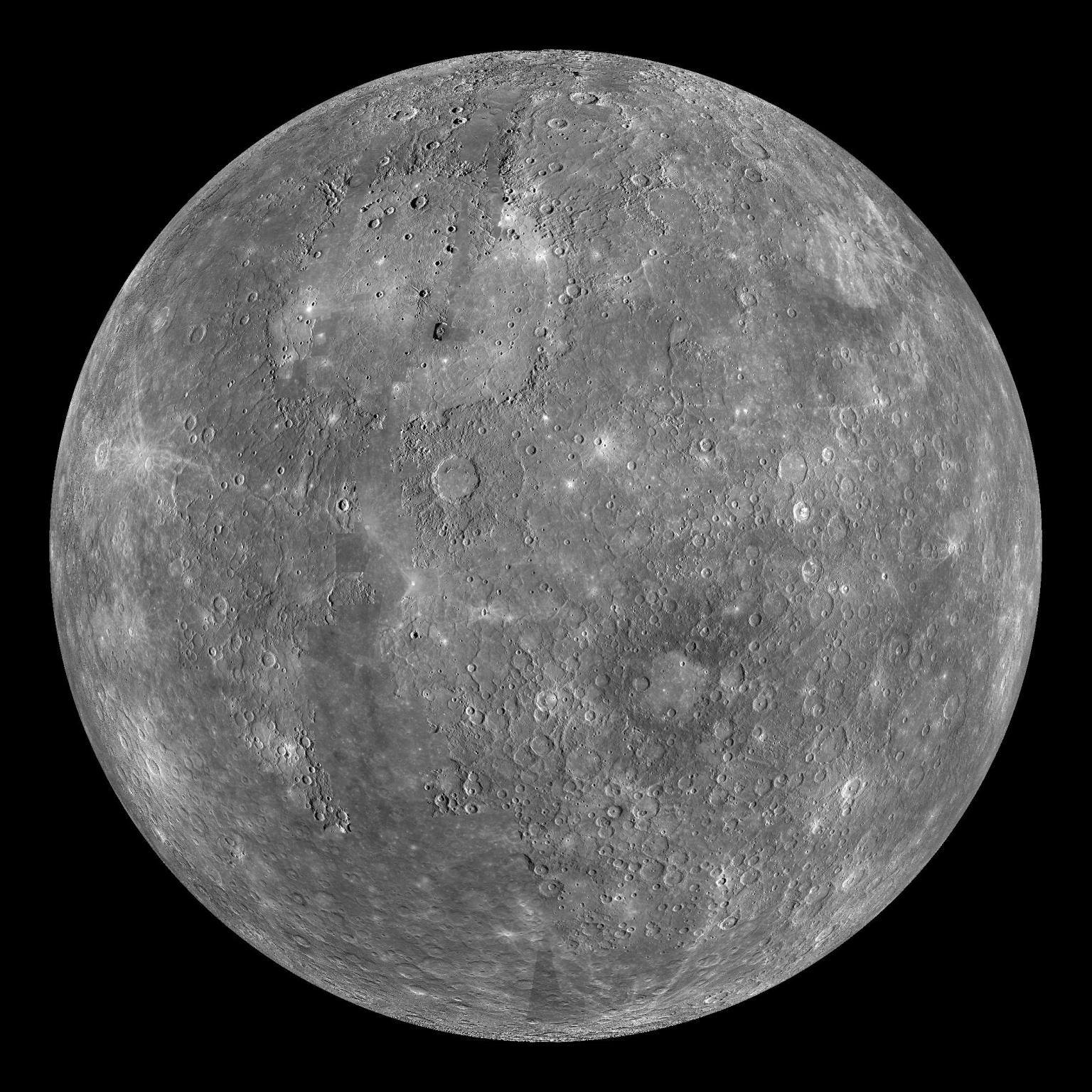Mariner 2
Type
Launch
Target
Results
What was Mariner 2?
NASA's Mariner 2 was humanity's first successful planetary science mission. The first close-up look at another planet was full of surprises: Mariner 2 found Venus to be inhospitable, and far hotter than expected.
| Nation | United States of America |
| Objective | Venus Flyby |
| Spacecraft | P-38 / Mariner R-2 |
| Spacecraft Mass | 449 pounds (203.6 kilograms) |
| Spacecraft Power | Solar |
| Mission Design and Management | NASA/JPL |
| Launch Vehicle | Atlas Agena B (Atlas Agena B no. 6 / Atlas D no. 179 / Agena B no. 6902) |
| Launch Date | Aug. 27, 1962 / 06:53:14 UT |
| Launch Site | Cape Canaveral Fla. / Launch Complex 12 |
| Scientific Instruments | 1. Microwave Radiometer 2. Infrared Radiometer 3. Fluxgate Magnetometer 4. Cosmic Dust Detector 5. Solar Plasma Spectrometer 6. Energetic Particle Detectors 7. Ionization Chamber |
Results
Launched 36 days after the loss of Mariner 1, Mariner 2 carried the same scientific equipment as its predecessor. After a course correction on Sept. 4, 1962, the spacecraft flew by Venus at a range of 21,660 miles (34,854 kilometers) at 19:59:28 UT Dec. 14, 1962.
During a 42 minute scan of the planet, Mariner 2 gathered significant data on the Venusian atmosphere and the surface before continuing on to heliocentric orbit. The radiometers, in particular, were able to conduct five scans of the night side of the planet, eight across the terminator, and five on the daylight side.
NASA maintained contact until 07:00 UT Jan. 3, 1963, when the spacecraft was 53.9 million miles (86.7 million kilometers) from Earth, a new distance record for a deep space probe.
The data returned implied that there was no significant difference in temperature across Venus. Readings from Mariner 2’s microwave radiometer indicated temperatures of 421 degrees Fahrenheit (216 degrees Celsius) on the dark side to 459 degrees Fahrenheit (237 degrees Celsius) on the dayside.
Mariner 2 also found that there was a dense cloud layer that extended from 35 to 50 miles (56 to 80 kilometers) above the surface. The spacecraft detected no discernable planetary magnetic field, partly explained by the great distance between the spacecraft and the planet.
In terms of scientific results, Mariner 2 was only a modest success, but it still retains the honor of being the very first successful planetary science mission in history.
Mariner 2's hexagonal base was 3.4 feet (1.04 meters) across and 1.2 feet (0.36 meters thick). Magnesium housings contained the electronics, attitude control gas bottles, and rocket engine. Science experiments attached to a tall pyramid-shaped mast. The total height of the spacecraft was 12 feet (3.66 meters). A large directional antenna dish attached to the the base.
Mariner 2 got power from two solar cell wings. One right was 72 inches x 30 inches (183 x 76 cm). The other panel was 60 x 30 inches (152 x 76 cm) with a (31 cm) solar sail to balance solar pressure on the panels. The panels powered the spacecraft in sunlight. A a 1,000 watt-hour rechargeable batter stored power for later use.
Communications consisted of a three watt transmitter. A large and small antenna sent science data back to Earth.
Mariner 2 used a monopropellant (anhydrous hydrazine) 225 N retro-rocket for maneuvers. Nitrogen gas jets kept the spacecraft stabilized.

































